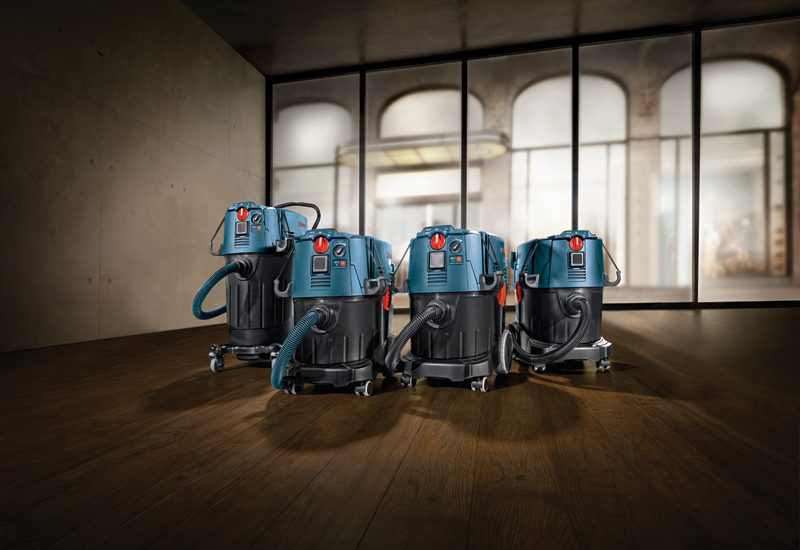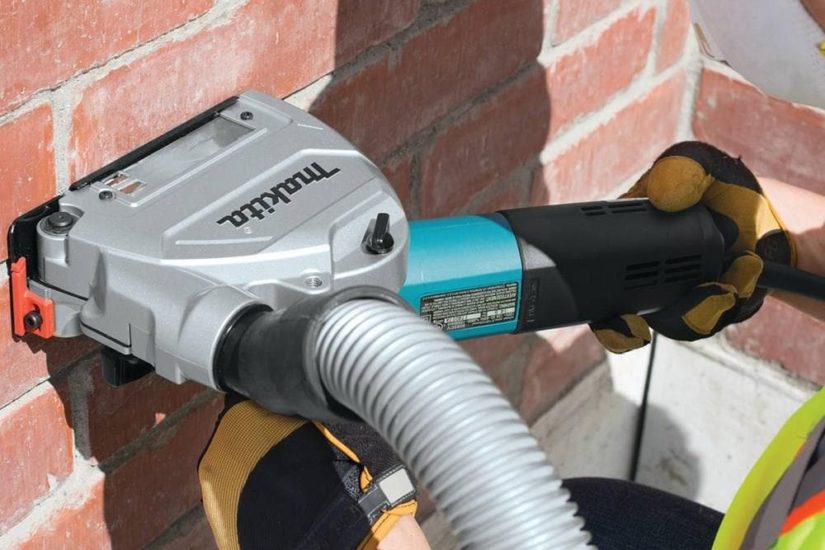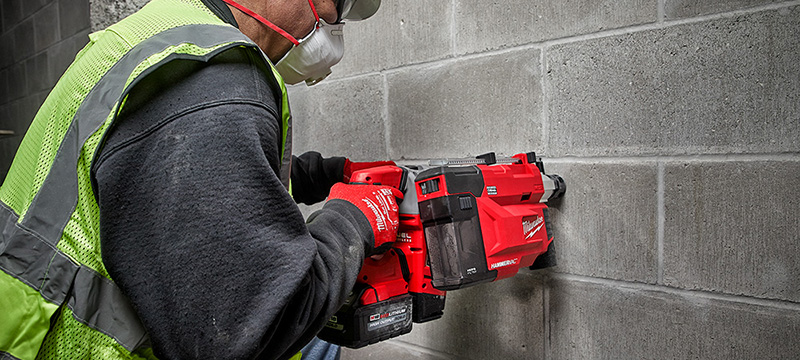Woodworking is a rewarding and creative hobby, but it also produces a fair amount of dust and debris. Setting up a reliable woodshop dust management system is essential for maintaining a clean and healthy work environment. This guide outlines the steps to establish a comprehensive dust collection system in a workshop and the tools and equipment required for the task.
Importance of Optimizing Dust Collection in a Woodshop
Let’s first understand the value of investing in a woodshop dust extraction system. Wood dust poses a substantial occupational health threat, contributing to respiratory issues and potential long-term health complications. An excessive dust buildup can hinder visibility, harm fragile equipment and reduce overall efficiency. Installing a large or small shop dust collection system can eliminate these risks and keep your work area clean and organized.
Tools Needed for Setting Up a Dust Collection System

Dust Collector
The dust collector is the heart of any dust collection system. Installing a collector is a sound investment because it effectively captures and filters the dust particles in the air. Different dust collectors are available, such as single-stage, double-stage and shop vacuums. Select the right dust collector for your specific needs and the size of your woodshop.
Ductwork
To circulate the captured dust, a network of ducts is required. A good-quality, well-designed ductwork system ensures efficient dust collection. Ductwork comprises pipes, elbows and blast gates. Opt for smooth, rigid pipes made from PVC or galvanized steel to minimize airflow restrictions and maximize performance.
Air Filtration System
While a dust collector captures large particles, smaller particles may remain in the air. An air filtration system is necessary to remove these particles. Various types of air filtration systems are available, including ambient air cleaners, ceiling-mounted filters and wall-mounted units. Choose a high Clean Air Delivery Rate (CADR) system for optimum performance.
Blast Gates
Blast gates regulate the airflow in the ductwork system. You can direct suction to specific machines by opening or closing blast gates, optimizing dust collection efficiency. Invest in quality blast gates that are easy to use and provide a tight seal.
Hoses and Fittings
Hoses connect the dust collector to various machines to help optimize dust collection in the woodshop. Choose flexible, anti-static hoses that can withstand the rigors of a shop environment. High-quality fittings such as Y-connectors, T-connectors, and hose clamps connect hoses to the dust collector and different machinery components.
Dust Collection Attachments
Many woodworking machines have dust collection ports, such as table saws, routers and sanders. Invest in dust collection attachments, including hoods, shrouds and adaptors, to ensure efficient dust capture at the source.
Remote Control Systems
Consider using a remote control system. It’s an optional tool that enhances user convenience. While operating multiple machines, you can switch the dust collector on or off with the remote.
Step-by-Step Guide to Setting Up a Dust Collection System
1. Plan and Design the System
- Measure the woodshop space to determine the layout for placing the dust collector and running the ductwork.
- Identify the machinery that needs dust collection. Plan to place blast gates and hoses accordingly.
- Consider each machine’s airflow requirements and the total CFM (cubic feet per minute) needed for efficient dust collection.
2. Select and Install the Dust Collector
- Pick a dust collector appropriate for your woodshop’s size and the machines you plan to use.
- Place the dust collector centrally, near an outside wall, for dust disposal. Ensure it has a proper power supply and grounding.
3. Install Ductwork and Blast Gates
- Assemble the ductwork using smooth, rigid PVC or galvanized steel pipes to minimize airflow restrictions.
- To regulate airflow, strategically place blast gates at each machine’s dust collection port and connect them to the main ductwork.
4. Connect Hoses and Fittings
- Cut and connect anti-static hoses to the dust collection ports on each machine, using Y-connectors and T-connectors as necessary.
- Secure the hoses with fittings such as hose clamps to ensure airtight connections and minimal loss of suction.
5. Install an Air Filtration System
- Determine the most suitable location for the air filtration system, ensuring sufficient air circulation and filtration in the woodshop.
- Mount the system securely and plug it into a power source. Ensure there’s enough space to allow easy filter changes and maintenance.
6. Set Up Dust Collection System Attachments
- Attach dust collection hoods, shrouds, or adaptors securely to each dust collection port to capture airborne dust.
7. Test and Adjust the System
- Turn on the dust collector and check for proper suction at each collection point.
- Adjust blast gates to balance airflow and suction strength at each machine, ensuring optimal dust collection efficiency.
8. Implement Safety Measures
- Clearly label emergency stop buttons and switches for the dust collection system for the workshop. Train and test all users in its safe operation.
- Regularly inspect the system for leaks, wear or damage, and promptly address any issues to maintain a safe working environment.
- Add grounding wire to the system to handle any unwanted static electricity which could cause an explosion.
9. Perform Regular Maintenance
- Establish a regular schedule for inspecting and cleaning filters, ductwork, hoses, and dust collection system components to prevent clogs and maintain efficiency.
10. Educate and Train Users
- Provide comprehensive training to all users on the proper use, maintenance and safety protocols related to the dust collection system for a woodshop.
- Emphasize the importance of keeping the woodshop clean and implementing good housekeeping practices to maximize the system’s effectiveness.
Benefits of Dust Collection System for Your Woodshop
Setting up a dust collection system for your woodshop is necessary to maintain a clean and safe work environment. Start by investing in the right tools, such as a dust collector, ductwork, air filtration system, blast gates, hoses, fittings, dust collection attachments and remote control systems. By minimizing airborne dust, you can enhance the quality of your woodworking. Don’t forget that regular maintenance and cleaning are necessary for the system to perform correctly. Stay safe, breathe easy, and enjoy your woodworking journey while maintaining a clean and healthy woodshop environment.




